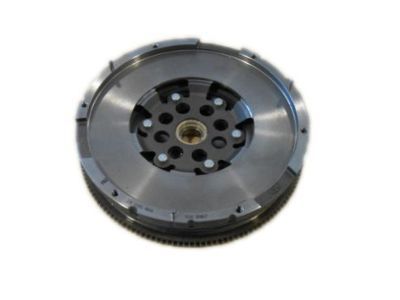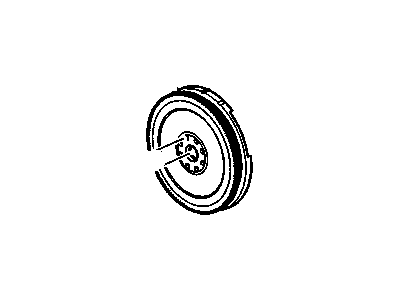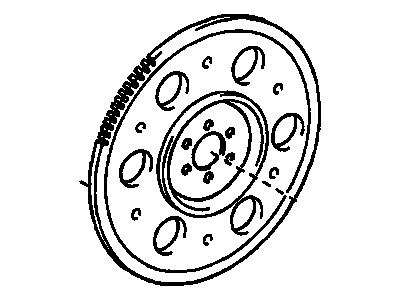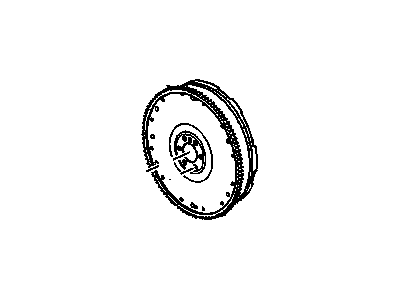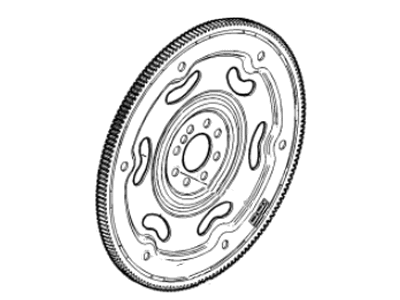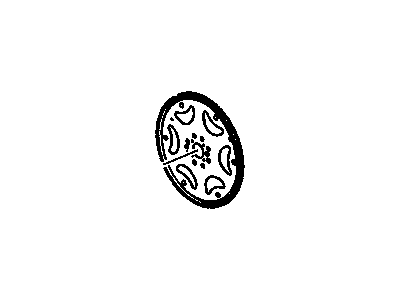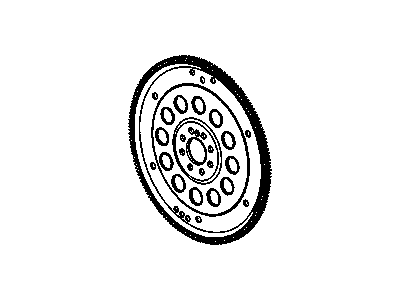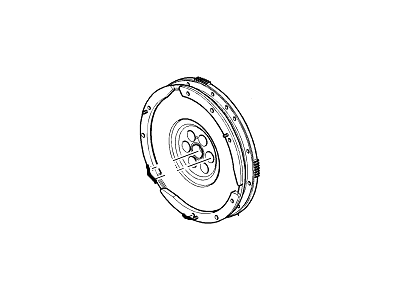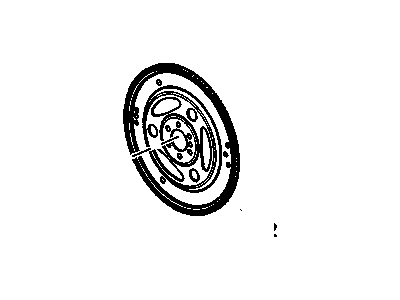
My Garage
My Account
Cart
Genuine Cadillac CTS Flywheel
Clutch Flywheel- Select Vehicle by Model
- Select Vehicle by VIN
Select Vehicle by Model
orMake
Model
Year
Select Vehicle by VIN
For the most accurate results, select vehicle by your VIN (Vehicle Identification Number).
14 Flywheels found
Cadillac CTS Engine Crankshaft FLYWHEEL
Part Number: 24245480$284.58 MSRP: $689.10You Save: $404.52 (59%)Ships in 1-3 Business DaysCadillac CTS Automatic Transmission Flexible Plate Assembly
Part Number: 24410097$78.98 MSRP: $124.26You Save: $45.28 (37%)Ships in 1-3 Business DaysCadillac CTS Engine Crankshaft FLYWHEEL
Part Number: 12575412$460.14 MSRP: $733.57You Save: $273.43 (38%)Ships in 1-3 Business DaysCadillac CTS Plate Assembly, Automatic Transmission Flexible
Part Number: 12685003$63.51 MSRP: $108.59You Save: $45.08 (42%)Cadillac CTS Plate Assembly, A/Trns Flex
Part Number: 12686890$63.10 MSRP: $100.66You Save: $37.56 (38%)Ships in 1-3 Business DaysCadillac CTS PLATE ASM-A/TRNS FLEX
Part Number: 12727438$50.15 MSRP: $86.51You Save: $36.36 (43%)Ships in 1-2 Business DaysCadillac CTS Automatic Transmission Flexible Plate Assembly
Part Number: 12686889$55.30 MSRP: $88.19You Save: $32.89 (38%)Ships in 1-3 Business DaysCadillac CTS Automatic Transmission Flexible Plate Assembly
Part Number: 12699085$53.19 MSRP: $84.82You Save: $31.63 (38%)Ships in 1-3 Business DaysCadillac CTS Automatic Transmission Flexible Plate Assembly
Part Number: 12636325$69.22 MSRP: $110.40You Save: $41.18 (38%)Ships in 1-3 Business DaysCadillac CTS Automatic Transmission Flexible Plate Assembly
Part Number: 12661237$98.01 MSRP: $156.32You Save: $58.31 (38%)Ships in 1-3 Business DaysCadillac CTS Engine Crankshaft FLYWHEEL
Part Number: 24240678$748.18 MSRP: $1192.74You Save: $444.56 (38%)Ships in 1-3 Business DaysCadillac CTS Engine Crankshaft FLYWHEEL
Part Number: 24458783$645.23 MSRP: $1124.22You Save: $478.99 (43%)Ships in 1-2 Business Days
Cadillac CTS Flywheel
Each OEM Cadillac CTS Flywheel we offer is competitively priced and comes with the assurance of the manufacturer's warranty for the part. Furthermore, we guarantee the speedy delivery of your orders right to your doorstep. Our hassle-free return policy is also in place for your peace of mind.
Cadillac CTS Flywheel Parts Questions & Experts Answers
- Q: How to Remove and Replace the Flywheel/Driveplate in 3.2L V6 engine on Cadillac CTS?A:To remove the transmission, check components such as oil seals and replace them if necessary. For manual transmission models, remove the clutch and check or replace the clutch components and release bearing. Make alignment marks on the flywheel and crankshaft to simplify replacement, as the bolt holes are slightly offset. Hold the flywheel/driveplate stationary while unscrewing the bolts; use a transmission mounting bolt and a wide-bladed screwdriver to prevent turning. Loosen and remove each bolt, ensuring new replacements are obtained for reassembly due to the severe stresses they endure. Carefully remove the retainer and flywheel, noting its weight. Clean the flywheel to remove grease and oil, inspecting for cracks, rivet grooves, burned areas, and score marks, with light scoring removable using emery cloth. Check for cracked and broken ring gear teeth and lay the flywheel on a flat surface to check for warpage. Clean and inspect the mating surfaces of the flywheel and crankshaft, replacing the oil seal if leaking, especially in high-mileage engines. While the flywheel is removed, clean its inboard face and the sensor's tip, ensuring the sensor is securely fastened. Install the flywheel/driveplate on the crankshaft, aligning all bolt holes using the marks made during removal, then install the retainer and new bolts, tightening them by hand. Lock the flywheel using the disassembly method, tightening the new bolts in a diagonal sequence to the specified torque in two or three stages. The remainder of the installation follows the reverse of the removal process.
